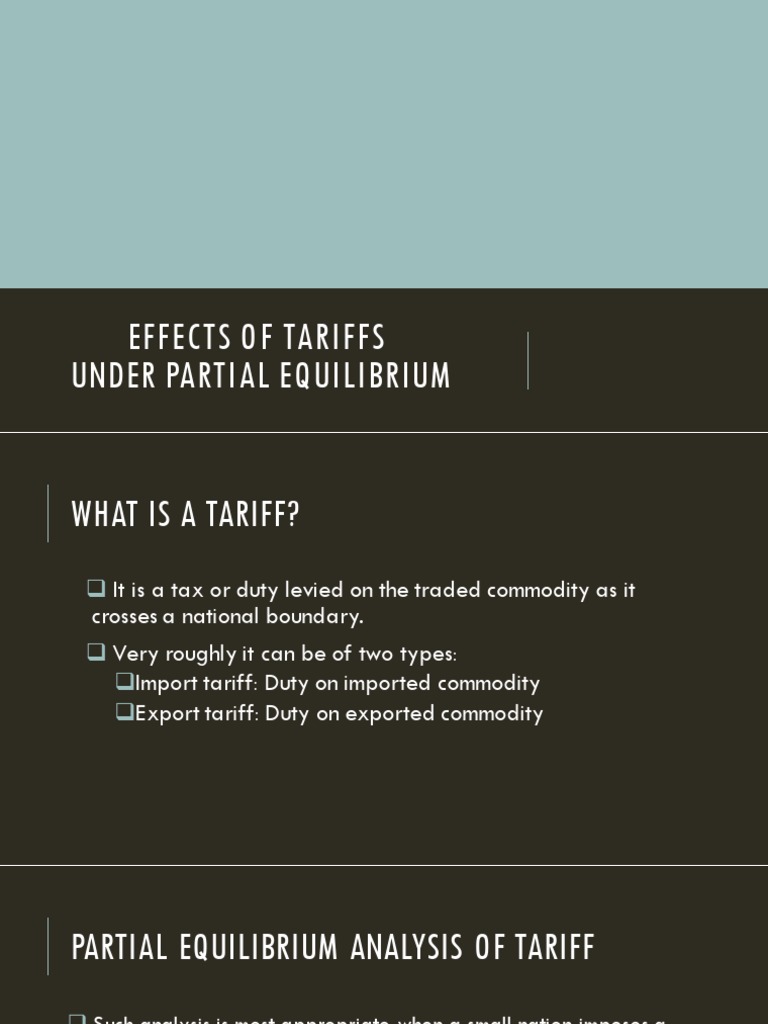
Audience
- Sentiment: Mixed
- Political Group: Republican
- Age Group: Adults 30-50
- Gender: Male
Overview
- Defense Secretary Pete Hegseth has proposed significant military budget cuts of 8% annually for the next five years.
- The cuts may affect programs deemed ‘non-essential’, including diversity, equity, and climate-related initiatives.
- The proposed cuts are likely to face strong opposition from Republicans who have historically supported increased military spending.
Defense Budget Cuts Proposed Amid Administration Contradictions
In today’s complex world, where national security feels more important than ever, discussions about the military’s budget can stir up a lot of emotions and opinions. Recently, the topic of defense spending took a surprising turn, as Defense Secretary Pete Hegseth revealed plans to cut the military budget significantly over the next five years. At first glance, this news might seem a bit confusing, especially considering that not too long ago, President Trump was pushing for more military funding. Now, we have both a directive for cuts and a call for more spending coming from the same administration. So, what’s really going on here, and what might these budget changes mean for the military, our soldiers, and even us as citizens?
Understanding the Numbers
To set the stage, let’s first look at the numbers involved. The military budget, also known as the defense budget, is a huge part of our national spending, totaling around $850 billion! Yes, that’s billion with a ‘B’—which is a mind-boggling figure when you really think about it. It’s used for a variety of things: from paying the soldiers who risk their lives for our country to maintaining our high-tech equipment and supporting military operations around the globe.
However, Defense Secretary Hegseth has now asked military leaders to prepare for a budget cut of eight percent every year for the next five years. This would be the largest reduction in defense spending since 2013, and it’s not pocket change. Eight percent of $850 billion amounts to about $68 billion each year! That’s serious money that could have profound effects on the military and its operations.
A Bit of Background
Before diving deeper, it’s important to understand that this announcement comes during a time of tension within the administration. Just a short while ago, President Trump had been advocating for an increase in defense spending, pushing not only for more money but also encouraging NATO allies to spend more as well. NATO, or the North Atlantic Treaty Organization, is a military alliance between North America and Europe aimed at ensuring collective defense. If one NATO member gets attacked, the others have to support them. It’s a big deal in international relations and military strategy, which is why increasing spending is such a hot topic.
So, suddenly proposing cuts after championing increases is like telling someone to eat more vegetables for dinner one night and then saying they can have pizza the next. It creates a lot of confusion and raises questions about consistency within the administration’s priorities.
Core of the Cuts: What Are We Sacrificing?
Now let’s dig into what these budget cuts may involve. Secretary Hegseth’s memo mentions reviewing programs that are labeled as “non-essential.” This language is crucial because it raises the question of what is considered essential. For example, initiatives related to diversity, equity, and inclusion (DEI) as well as climate-related projects are on the chopping block.
On one hand, some people think that focusing on DEI within the military is essential for creating a more just and effective force, representing the diverse America it serves. On the other hand, others argue that these programs take valuable resources away from core military functions like training, readiness, and equipment maintenance. The conflict essentially boils down to a matter of priorities and perspectives.
Moreover, with climate change posing real threats to national security—like resource shortages, increased natural disasters, and geopolitical tensions—cutting climate initiatives could prove risky in the long run. As a country, there often seems to be a tension between immediate military readiness and the long-term stability of our environment and social structures.
What Do Defense Officials Think?
Naturally, defense officials are concerned about these proposed cuts. Military readiness is a top priority for any country, and many fear that cutting the budget in such a significant way could make our military less prepared for potential crises. Imagine if your school decided to cut funding for math and science programs, thinking they weren’t essential, while you know that having a strong foundation in those subjects is crucial for your future. It’s not just the teachers and tutors who would feel the impact, but the students’ ability to learn and grow would be affected too.
Many officials believe that reducing the budget could lead to legal issues as well. Is it even legal or safe to cut spending this way when readiness may be compromised? Would it put our troops at risk if they don’t have the necessary training or equipment? Such scenarios raise tough questions that demand answers.
Challenges Ahead
Given the Republican-controlled Congress, this proposed budget cut will likely face stiff opposition. Many Republicans have historically pushed for increased defense budgets, especially as Trump continues to stress the importance of NATO allies stepping up their spending. It creates a difficult situation where politicians must balance budget realities with their desire for a strong military—one that can deter threats and respond to global crises effectively.
You might wonder: how do these discussions even affect us on a personal level? Good question! The reality is that the military’s readiness impacts national security, which impacts everyone’s safety and peace of mind. A strong military can deter threats before they escalate, meaning fewer chances of conflicts that could lead to war.
Conclusion: A Tug of War Over Priorities
The proposed budget cuts to the military underscore an ongoing tug-of-war over priorities and values in our society. It’s easy to see the military as a huge, untouchable entity, but every dollar spent comes from taxpayers, like you and me. The discussion surrounding defense spending is as much about security as it is about how we want our country to be structured—whether we believe in prioritizing social equity and environmental stability alongside military strength.
As these discussions continue to unfold, it’s essential to reflect on your own views about what is most important for your country. Do you think investing in social and environmental programs within the military makes it stronger, or should the focus be entirely on traditional military readiness?
Share your thoughts! How do you feel about the planned cuts to the defense budget? What do you think is the most vital aspect to prioritize in military spending? Drop your comments below!





